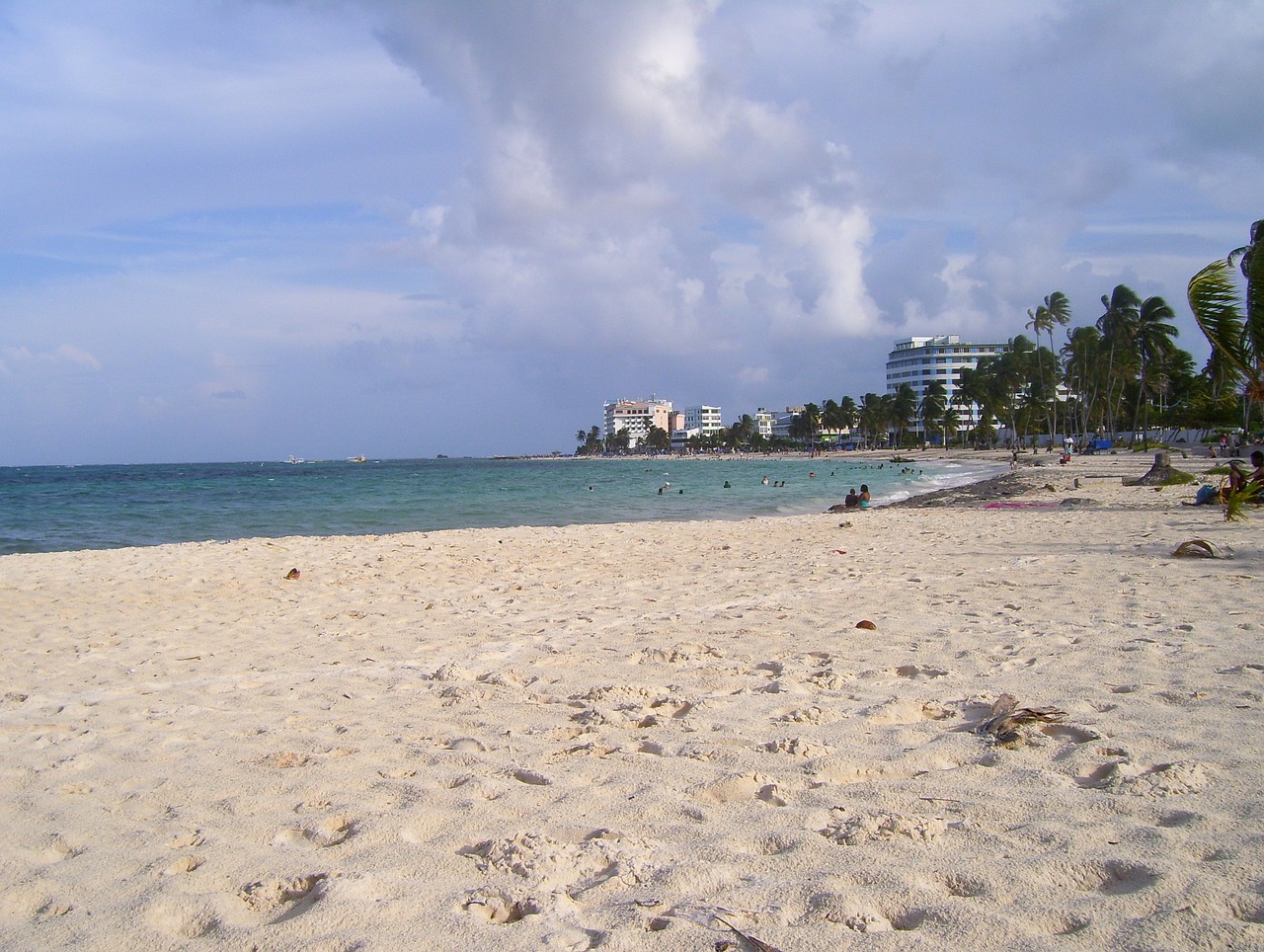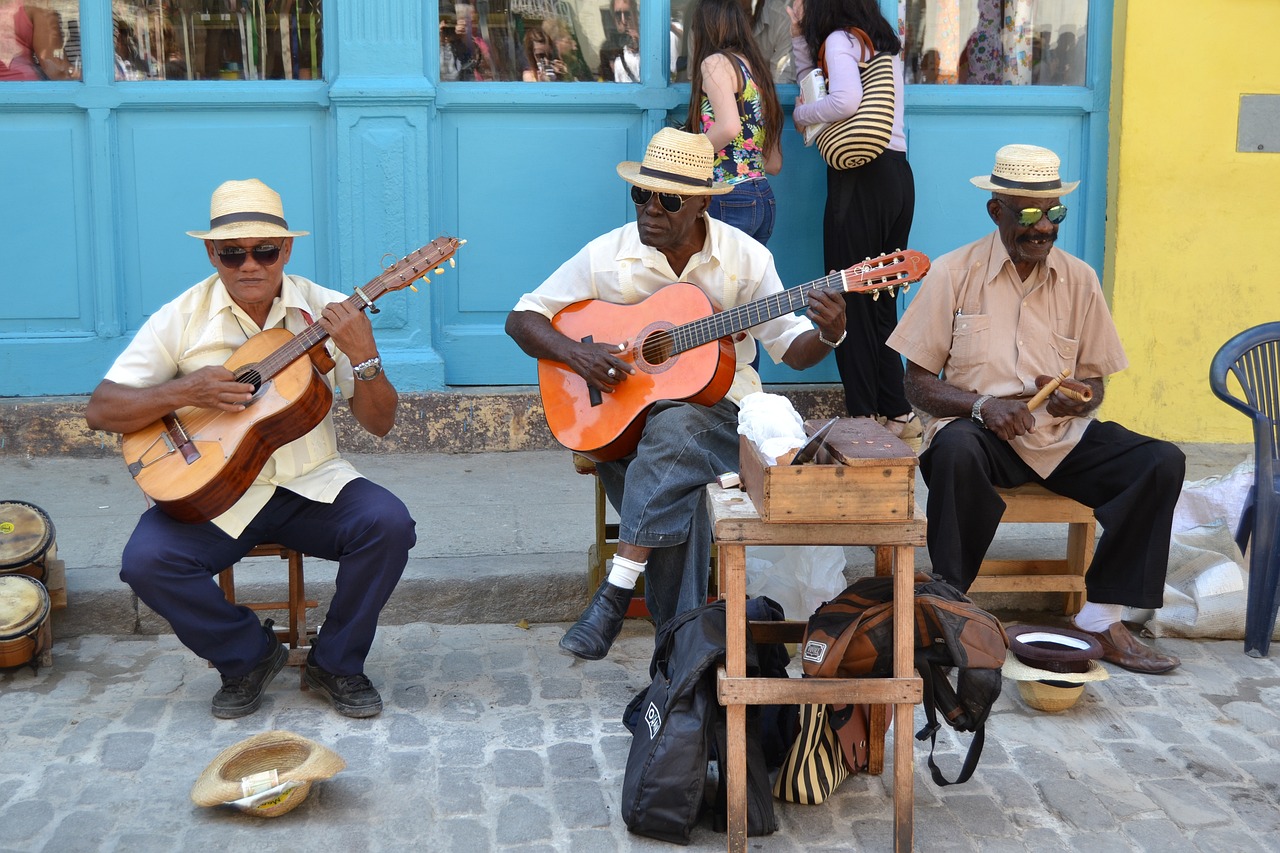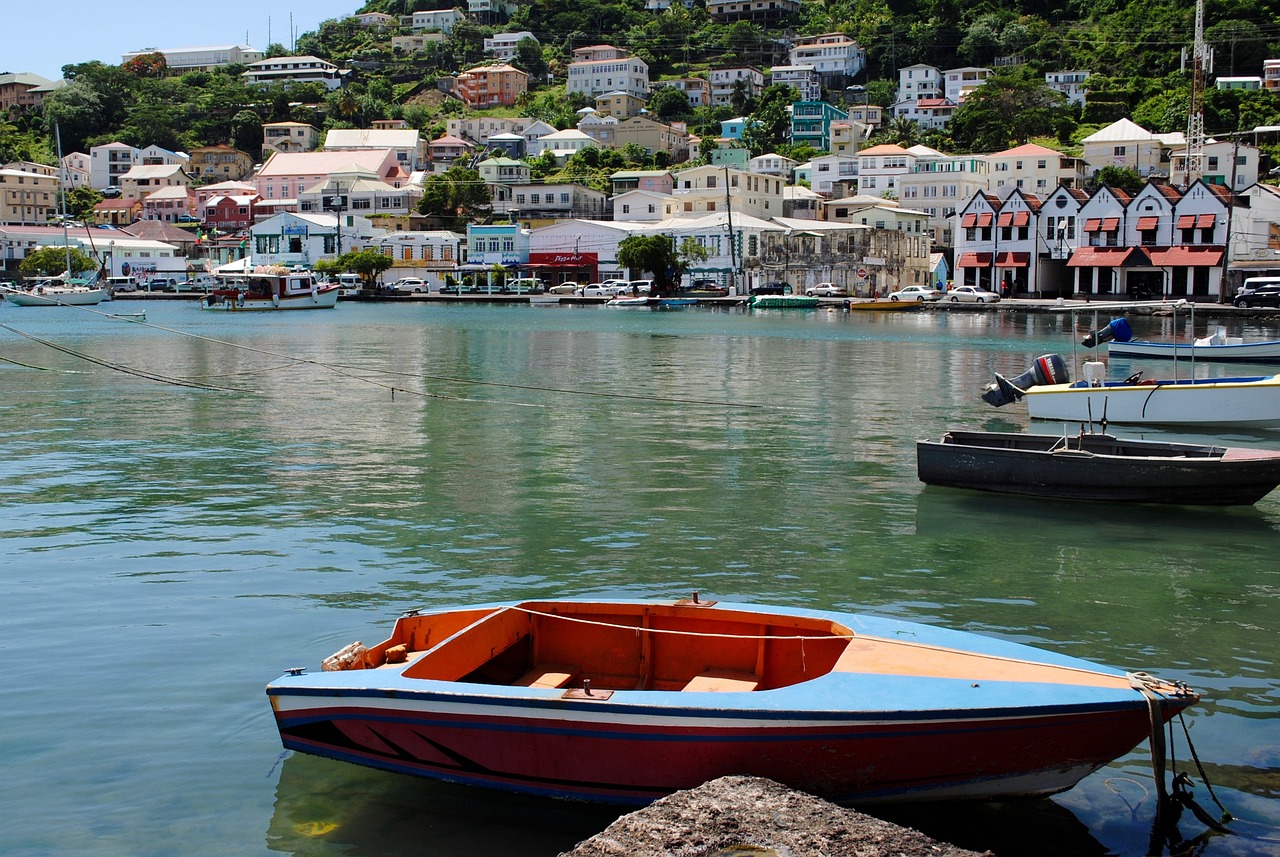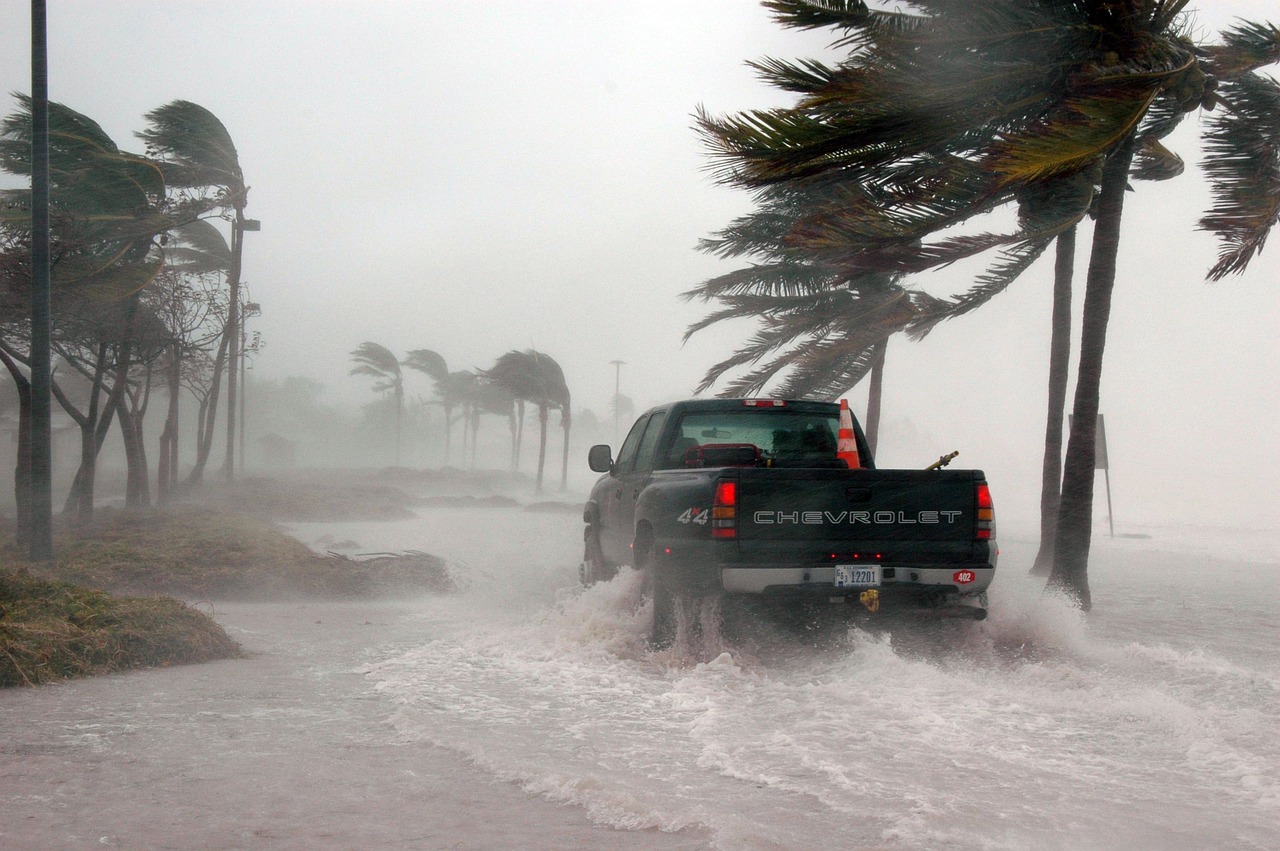
Economic Geography
The Challenges Faced by Small Island Economies
Read a summary using the INOMICS AI tool
Islands bring to mind a particular vision of beaches, coconuts, and relaxation that’s hard to beat. Many people think of them as the ultimate vacation destination, and indeed tourism is important for many islands. Yet due to their unique geography, most islands in the world face a set of economic challenges that many mainland nations don’t experience.
Although visiting an island might not inspire most people to think about economics (except, of course, for our inquisitive readers!), after reading this overview you will likely notice these challenges – and the ways that different islands have mitigated them – when visiting one. We suggest you find yourself a good, cozy spot on the beach as you read on.

Image credit: Pixabay.
Prelude: extending these challenges to other areas
This article is focused on smaller islands – for instance, in the Pacific or Caribbean. Larger islands (such as Japan, the UK or New Zealand) or those that are part of a major land-based nation typically do not face as many of these challenges.
Nevertheless, many of the challenges discussed in this article are also applicable to small countries on the mainland, too. In 1984 Benito Legarda wrote the article “Small island economies” for the IMF, still relevant today. It gives an overview of some of the challenges that apply to both islands and other small economic areas. Interested readers can refer to Legarda’s article for more context on not just small islands, but other small economic areas too.
Without further ado, read on for the economic challenges faced by small island economies.
Natural resources are scarce on most islands
When people think of small island economies, they often think of two things – beaches and tourists. While it’s true that some natural resources (such as fish and beautiful natural sights) abound for many islands, the reality is that other important natural resources are generally hard to come by.
Most islands simply do not have much land area. Thus, the bounty of natural resources available tends to be severely limited compared to countries on the major continents. Many of the resources that allow societies to thrive – such as mineral deposits, nearby forests, abundant wild animals, freshwater sources, etc. – are much less likely to form on small landmasses. Indeed, somewhat ironically, freshwater availability can be a major problem for many islands.
Of course, there are small land-locked countries as well – such as Liechtenstein – that may face a similar challenge. But, two factors make this likely less severe than for an island of similar size. First, small landlocked countries can still trade with their neighbors far easier than an island typically can since land routes are available. Second, the fact that a small landlocked nation is located on a major continent means that there will likely be relatively more natural abundance, as the landmass it’s situated on is likely to have substantial natural resources. Meanwhile, a small island might have never had enough area to sustain (for example) a major forest.
This lack of land also severely limits the inhabitants’ ability to raise livestock and grow crops, which in turn limits the size of the population that can be independently supported on an island. Cultivation is sometimes difficult on smaller islands, too, due to rocky soil or lack of suitable climate conditions.
Of course, some volcanic islands do have nutrient-rich soil for plants to thrive, but land availability is still a concern. As an example, even Hawaii – a relatively large and well-established island in the United States – faces concerns about optimizing land use to increase food security.
To this end, Hawaii’s Department of Business Economic Development & Tourism produced a report titled “Increased Food Security and Food Self-Sufficiency Strategy” in 2012 outlining a plan to reduce reliance on food imports, among other things. Clearly then, even well-connected islands aren’t immune to geographically-related economic growth challenges.
The local economy is usually not diversified
Because of their small size and the lack of abundant natural resources, many islands are forced to build their economies off of tourism and one or two primary export products, typically some type of tropical produce, fish, or a particular natural resource that may be in relatively high supply.
This lack of diversity can cause the local economy to be very sensitive to the market for one or two goods. If most of an island’s trade involves just two major exports, any negative shock to the market for one of those goods can cause a serious downturn in economic activity on the island.
A severe enough shock could lead to a state of recession. This is especially difficult given that islands typically rely on imports; a reduction in exports means that the island must reduce imports or take on debt. The effects of the initial economic shock can therefore affect the local economy more than it would have otherwise, reducing overall economic welfare.
Meanwhile, a dependency on tourism – while it can bring significant revenue during certain seasons – has its own drawbacks. Overcrowding or overtourism can stress the natural resources present on an island, particularly infrastructure. Excess tourism can degrade local infrastructure since tourists use it but don’t contribute to its upkeep or maintenance. Tourists’ lack of knowledge or care about proper disposal behavior on an island can create pollution, particularly during peak seasons.
Tourists can also lower the welfare of local communities if they obstruct the lives of the permanent residents. Crowded towns, restaurants, beaches or other amenities can be a headache for the locals during peak seasons. Animosity between the two groups might form and influence social interactions in a negative way.

Image credit: Pixabay.
Finally, a dependency on tourism can compound economic woes during events like COVID-19, making a recession even worse than it would have been otherwise.
Transaction costs are often high for island economies
The aforementioned lack of land and abundant natural resources means that islands must often import many of the goods that are necessary for daily life – such as food. A large portion of the goods sold on an island tend to be manufactured outside of the island and shipped there.
But importing goods typically raises their price, even without factoring in the trade barriers (like tariffs) that could artificially increase the cost. This is because shipping goods, especially over longer distances, increases the costs producers must bear to bring their goods to the market. This in turn increases the price of the final good for consumers.
Transportation methods also contribute to import costs. Most islands are small and relatively isolated from the major economies of the world, often even those that are part of a larger country. And most islands are reachable only by air or by ship, which severely limits the movement of people and goods into and out of them. Train and road travel is often not possible.
This lack of options can raise transaction costs, even though shipping by sea is a relatively cheap way to trade. In the case of a small island with limited population, it may not be worth it for a large container ship to visit such a small market, compounding the issue.
Local market size is limited, constraining growth of local businesses
On a small island with scarce resources, the size of the population is bound to be small as well. Only with consistently supplied outside resources can the population continue to grow past a certain point.
This means that island businesses face a long run growth challenge. The local market is easily saturated due to size constraints, at which point further growth can only be accomplished by developing a market presence elsewhere. But the high costs of shipping and lack of physical locations in other countries can make this very difficult.
Due to this limited size, it’s unlikely that local businesses will grow beyond a certain point, and some sectors of the economy are unlikely to develop at all. To fill these gaps, foreign companies can ship goods into the island to be sold. But when locals buy these foreign products, the money leaves the island rather than staying in the local economy, as it would if there were local businesses providing the same goods or services.

Image credit: Pixabay.
Infrastructure challenges
Being located on an island comes with its own set of infrastructure challenges, too. Island infrastructure is a challenge to set up and maintain for several reasons.
First, there is often a lack of immediately available heavy equipment or construction materials, which usually must be imported. Second, island infrastructure tends to be exposed to additional weathering elements than many continental locations. Intense sunlight, tropical storms, ocean tides, sea level rise, salty water and air, etc. all conspire to corrode and weather infrastructure more quickly than in most landlocked locations.
Further, islands’ vulnerability to natural disasters like storms doesn’t help this fact. Storm surges and major hurricanes can be devastating to an island when they pass through. But physical infrastructure isn’t the only type of infrastructure that is costly to install and maintain on islands.
Internet and payment infrastructure can be limited on islands, particularly those with smaller populations. Again, this is at least partially due to the naturally small size of island markets. However, recent years have seen an improvement in Internet connection speeds in many islands as undersea cables have been built to provide better service to remote regions, so this particular infrastructure challenge is increasingly being met.

Image credit: Pixabay.
The importance of free trade agreements
Due to their unique geography, free trade agreements can be very helpful for these island economies. These agreements typically include promises from members that tariffs and other trade barriers will be severely reduced or eliminated. For example, a 2016 IMF working paper, “The Impact of Trade Agreements: New Approach, New Insights”, found that free trade agreements could “generate substantial gains, on average an increase of exports by 80 percentage points over ten years”.
Freer trade helps each member nation to leverage its comparative advantage with its trading partners as much as possible. In this way, the members in the trade agreement can boost their economies further collectively than each could do on their own.
There are already a number of free trade agreements in effect among various island regions. For example, PICTA is a free trade agreement shared between 14 small island nations in the Pacific region that has been in effect since 2007. The much older CARIFTA agreement (which began in 1965) is a free trade agreement originally shared by 4 Caribbean islands, and has been gradually expanded to include most of the region – now 20 islands are a part of the agreement (some of which are independent nations, while others are overseas territories of larger nations). The agreement is now known as CARICOM.
Next time you visit an island, keep an eye out for signs of these economic challenges, and the ways in which local society has adapted to them. You might discover a new research question, have an innovative idea of your own, or simply gain something to ponder while sipping from your freshly-cut coconut.
Header image credit: Pixabay.
-
- Assistant Professor / Lecturer Job
- Posted 1 week ago
Lecturer in Applied Economics
At Utrecht University in Utrecht, Pays-Bas
-
- Postdoc Job
- Posted 1 week ago
Postdoctoral Research Fellow or Social Science Research Scholar at Stanford (USA) or Heidelberg University (Germany)
At Stanford University in Stanford, États-Unis
-
- Programme de Doctorat
- Posted 4 days ago
Kiel Advanced Studies Program (PhD Program)
Starts 1 Sep at Kiel Institute for the World Economy (IFW) in Kiel, Allemagne and Berlin, Allemagne












